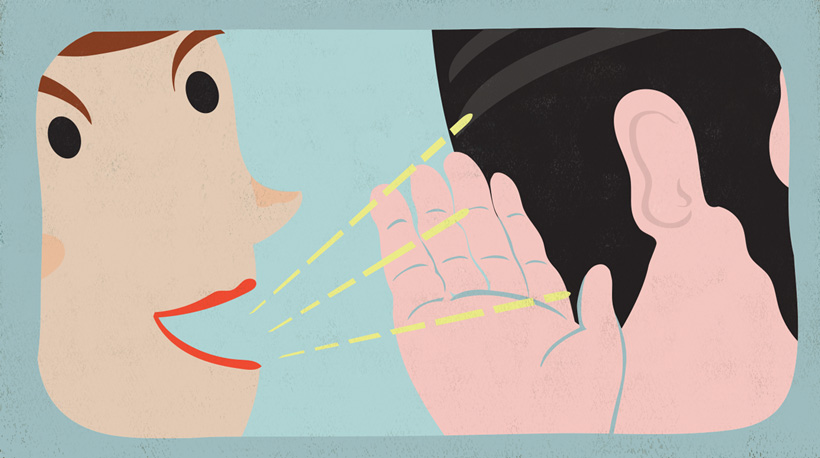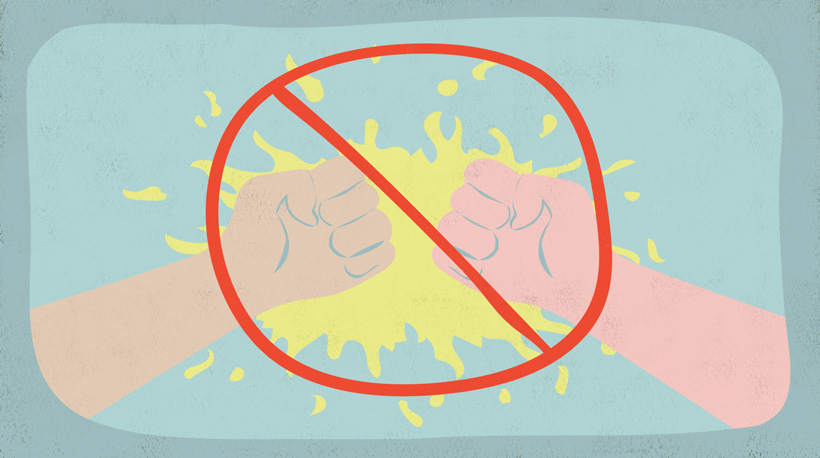Business Communication -
How to De-escalate an Argument at Work

Business Communication
How to De-escalate an Argument at Work


/en/business-communication/improve-your-conversation-skills/content/

Disagreements happen in the workplace. That’s normal. But when a disagreement boils over into an argument, it becomes a problem.
If you find yourself in an argument with a customer or co-worker, your main objective is to calm the situation before it escalates. The key strategies for de-escalating an argument involve breathing, listening, calm responses, and body language.
Watch the video below to learn some tips for de-escalating arguments.
First, get yourself under control. Take a few deep breaths, and you should start to calm down. Staying calm lets you think clearly and keeps your emotions in check. Remember to keep taking deep breaths throughout the de-escalation process.

Give the other person your undivided attention, and truly listen to everything they’re saying. Often, people just want their feelings to be heard, and they may calm down simply by expressing themselves to you.
Resist the temptation to respond until they finish speaking their mind. If you talk over them or interrupt them, they may feel like you aren’t willing to hear their side. You shouldn’t be concerned with winning the disagreement or being right, because your focus should remain on de-escalating the problem.
As you listen, put yourself in their position. Try to understand where their feelings are coming from and why they’re upset. Showing empathy will provide new insights into the problem, and it could even lead you to the root cause of your disagreement.
In a calm tone of voice, acknowledge their feelings and perspective before moving on to your side of the disagreement. This proves you were paying attention and that you understand how they feel.
As you explain your own perspective, focus on the facts of the disagreement. Don’t lie, exaggerate, or use insulting language. If the problem involves your feelings, explain how you feel in a professional manner. If you respond with yelling or an emotional outburst, your words might not register with the other person, and the situation will probably get worse.
If you’re at fault for something wrong or hurtful, apologize. An apology is not a sign of weakness, but rather a gesture of strength, humility, and confidence. A complete apology needs you to do three main things:
Finally, we don’t recommend telling someone to calm down, as you could come off as bossy and dismissive of their feelings. In fact, saying calm down tends to anger people even more.

As you work through the argument, keep your body language in mind. Don’t clench your fists, point at the other person, or make sudden movements. The other person could interpret these actions as aggressive, and they may react accordingly.
Even standing too close could escalate the problem because it might make them feel cornered or threatened. If the argument is particularly heated, consider giving the other person some extra space, which may ease some of the tension.
It’s never easy dealing with conflict at work. But with practice, you can learn how to de-escalate a tense situation into a manageable one.
/en/business-communication/instant-messaging-etiquette/content/